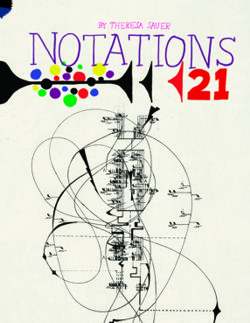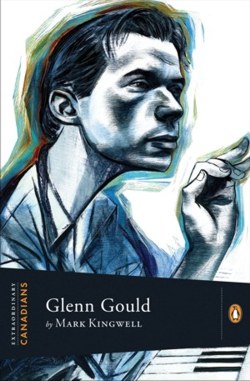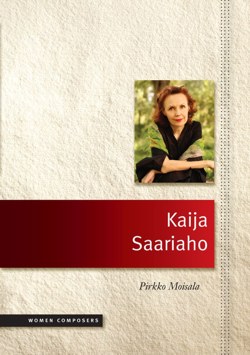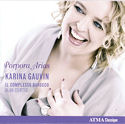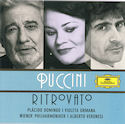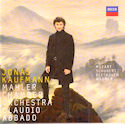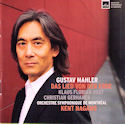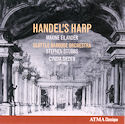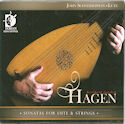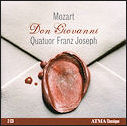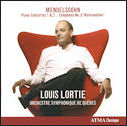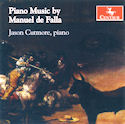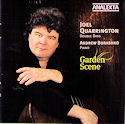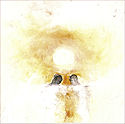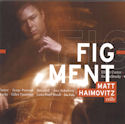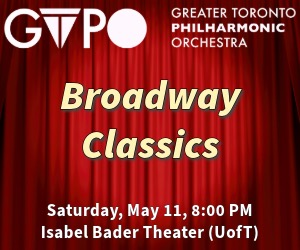The Offering of Curtis Andrews - Curtis Andrews
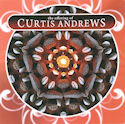 The Offering of Curtis Andrews
The Offering of Curtis Andrews
Curtis Andrews
Independent (www.curtisandrews.ca)
I’ve been smiling more than usual today, bopping around the apartment to this joie de vivre-filled CD by Curtis Andrews, Newfoundland’s globe-trotting percussionist and composer.
Very ably aided by fellow islander musicians Patrick Boyle (outstanding on trumpet), Bill Brennan (keyboards), Chris Harnett (saxes and flute), Brad Jefford (electric guitar) and other fine players, Andrews’ very eclectic world roots are clearly on display here.
The music is self-described as “world jazz” and the tag fits. Drawing from Andrews’ studies in South Asian, West Africa and North America music, “The Offering of…” merges all those influences in an energy-rich field, couched in mainstream jazz forms improv-rich solos and melodic-harmonic language. With such a rich multi-cultural banquet, I must admit it took me several listening to fully clue into the multi-layered inter-cultural musical goings on.
Equally at home on mrdangam (South Indian classical drum) and Ewe (West African) percussion as on drum set, Andrews sets a high musical standard for his collaborators. Not indulging in mere musical exoticism Andrews impresses with his good humour in Genghis Khanda Blues (yes, it is in 5/4), and shear musical ambition on exhibit in his virtuoso mrdangam solo in Malabar. One of my favourite tracks is Camel Ride, an enigmatic though easy-going east-coast feel post-Shakti bebop. Kaju Fenny (titled after a reportedly wicked Goan cashew liquor) is another outstanding chart. A tip: if you want to join the players in their fun, just be sure to keep tapping a slow 7 beat cycle throughout its convoluted beat groupings. That way you can land on the downbeat with them.
“The Offering of Curtis Andrews” marks the debut of an important and accessible new world-conscious compositional and percussion voice. Visit the website to preview the album, download the free charts, and hum or play along!


